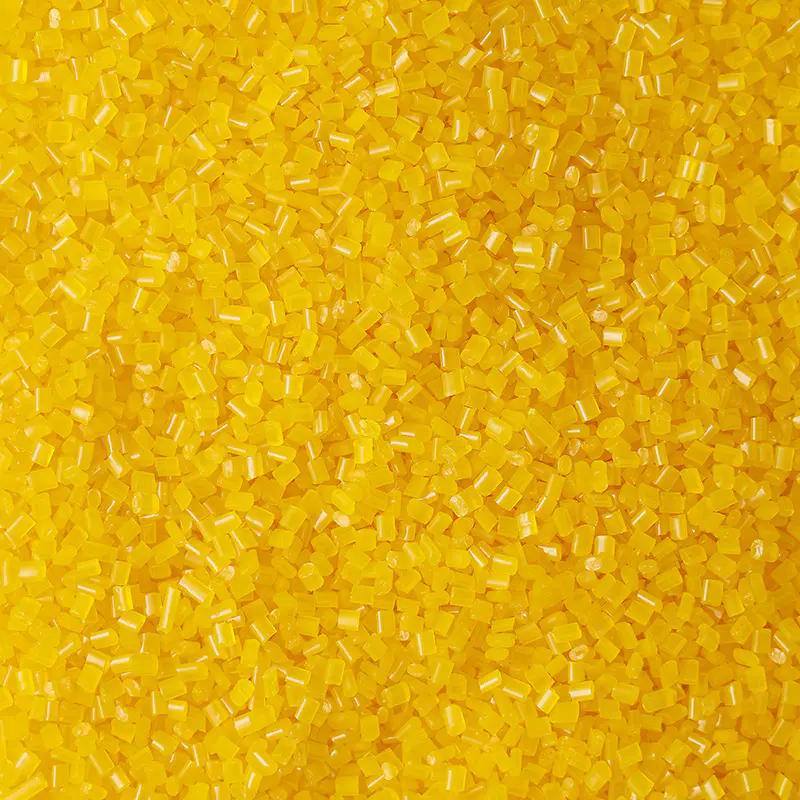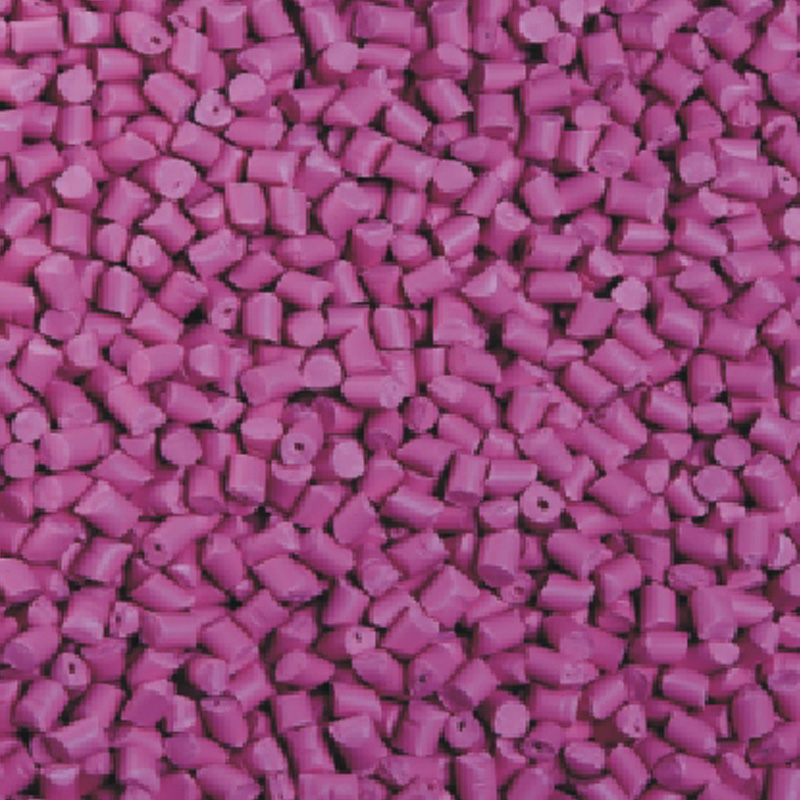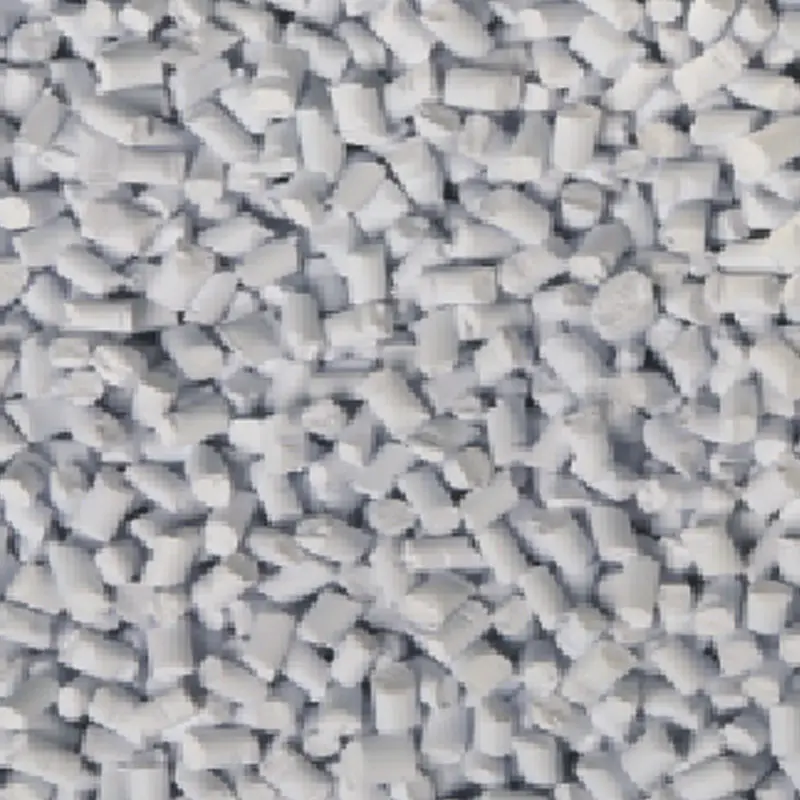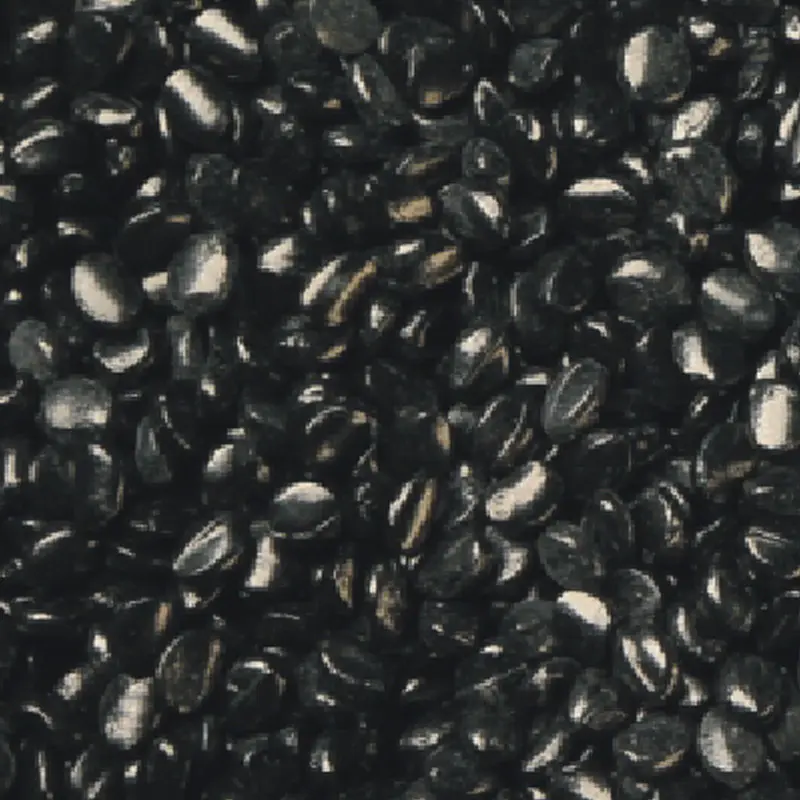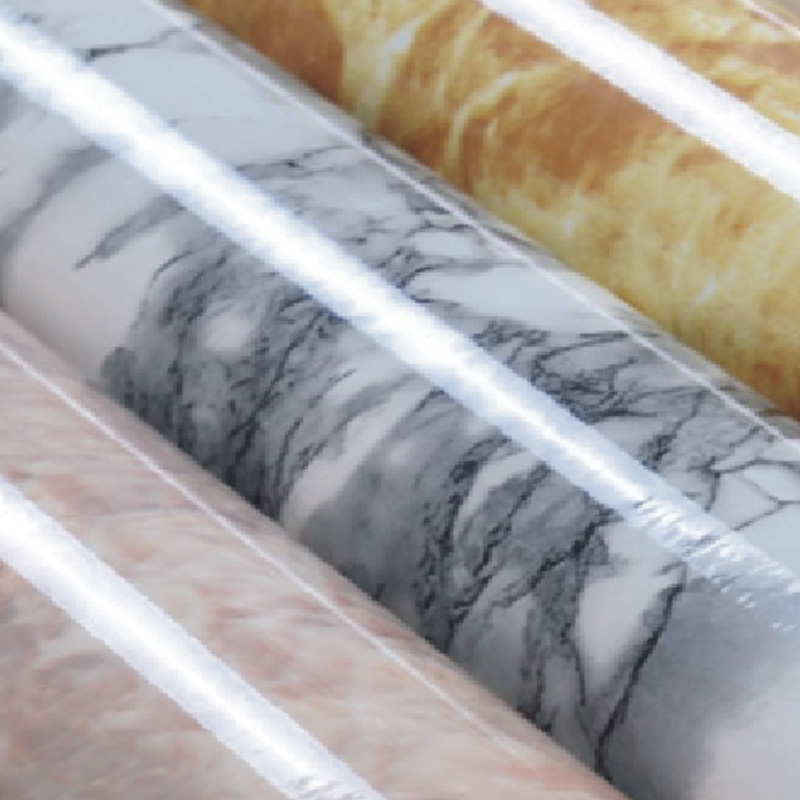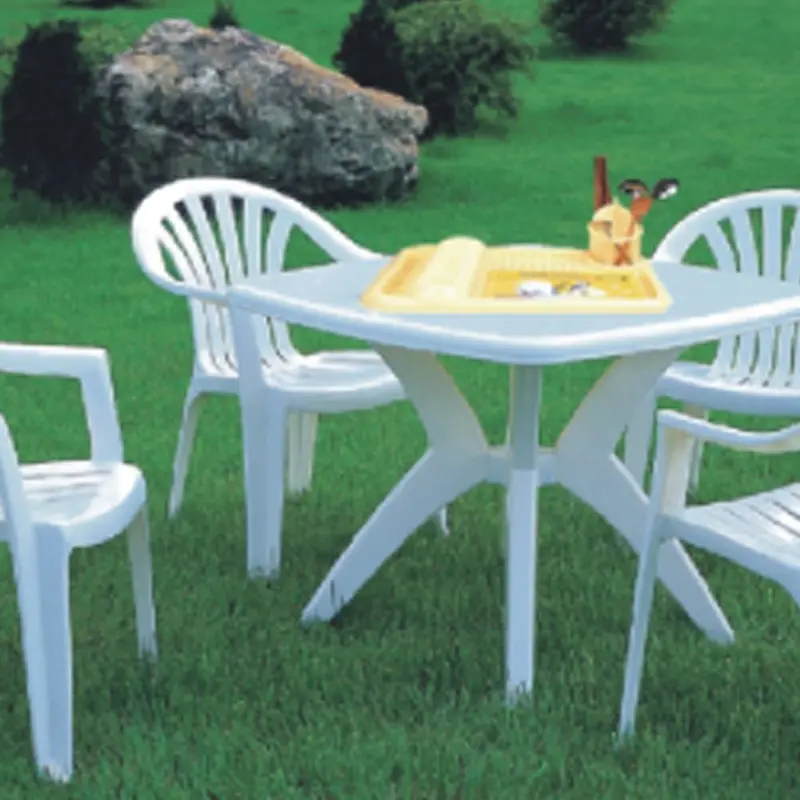Color trends play a significant role in shaping the plastics industry, especially in the production of molded plastic products. Among the critical materials influenced by these trends is the Injection Color Masterbatch, a concentrated mixture of pigments and additives used to impart color to plastic during the injection molding process. As consumer preferences evolve and design aesthetics shift, the demand for specific types of Injection Color Masterbatch reflects these changing color trends in the market.
The influence of color trends on the demand for Injection Color Masterbatch can be seen across various industries, including automotive, consumer goods, packaging, and electronics. Manufacturers often align their product colors with prevailing trends to meet customer expectations and maintain competitiveness. This alignment requires a flexible supply of color masterbatches that can cater to emerging hues, finishes, and effects.
One noticeable aspect is the growing preference for natural and muted tones in plastic products. Shades inspired by nature, such as earth tones, greens, and soft blues, have gained attention due to increasing environmental awareness and lifestyle shifts. This change affects the demand for Color Masterbatch formulations designed to reproduce these colors consistently and with stability throughout the molding process.
In addition to color shades, texture, and finish trends also impact the requirements for Injection Color Masterbatch. Matte and satin finishes are becoming more popular in many applications, requiring masterbatches that support these surface qualities. On the other hand, metallic and pearlescent effects continue to have appeal in certain markets, pushing suppliers to develop masterbatches that can produce such special finishes without compromising processing performance.
The fashion and home decor sectors also influence color trends that ripple through Injection Color Masterbatch demand. Seasonal changes in color palettes encourage manufacturers to update their offerings regularly. For instance, softer pastel shades may be preferred in spring collections, while deeper, richer colors could be more common in autumn lines. These shifts necessitate quick adaptation by masterbatch producers to provide the right color formulations on time.
Technology advancements in color matching and pigment dispersion have further enhanced the ability of Injection Color Masterbatch manufacturers to respond to trend-driven demand. Digital color measurement tools and sophisticated mixing techniques help create masterbatches that closely match desired colors, reducing waste and improving consistency. This capability is essential as designers and manufacturers seek to differentiate their products through unique and attractive color options.
Globalization also plays a role in shaping color trends and, by extension, the demand for Color Masterbatch. Different regions have distinct preferences influenced by cultural, climatic, and economic factors. For example, bright and vibrant colors may be more popular in certain markets, while others might favor understated or classic tones. Suppliers must therefore maintain a diverse portfolio of masterbatches to serve these varied regional needs effectively.
Sustainability concerns are beginning to influence color trends as well. Some manufacturers are looking for masterbatch solutions that not only provide appealing colors but also comply with environmental regulations and certifications. This includes the use of pigments that are non-toxic, recyclable, or derived from sustainable sources. As a result, the development of eco-friendly Injection Color Masterbatch options is gaining attention within the industry.
The rise of smart and functional plastics is another trend affecting the Injection Color Masterbatch market. Masterbatches that incorporate features such as UV resistance, antimicrobial properties, or enhanced durability while providing desired colors are in demand. This multifunctionality adds value to plastic products and responds to evolving consumer and industry requirements.
Pricing trends also influence the demand for Injection Color Masterbatch. Fluctuations in raw material costs, such as pigments and polymer carriers, can impact the affordability of various color options. Manufacturers may adjust their color selections based on budget constraints, resulting in shifts in the popularity of certain masterbatch formulations. This economic factor adds a layer of complexity to the relationship between color trends and masterbatch demand.
The customization trend in product design pushes for smaller batch sizes and more personalized color choices. As a result, Injection Color Masterbatch manufacturers are expanding capabilities to produce tailor-made colors and smaller production runs. This flexibility supports manufacturers aiming to meet niche market demands and provide limited edition or specialized products.

 English
English Español
Español русский
русский
